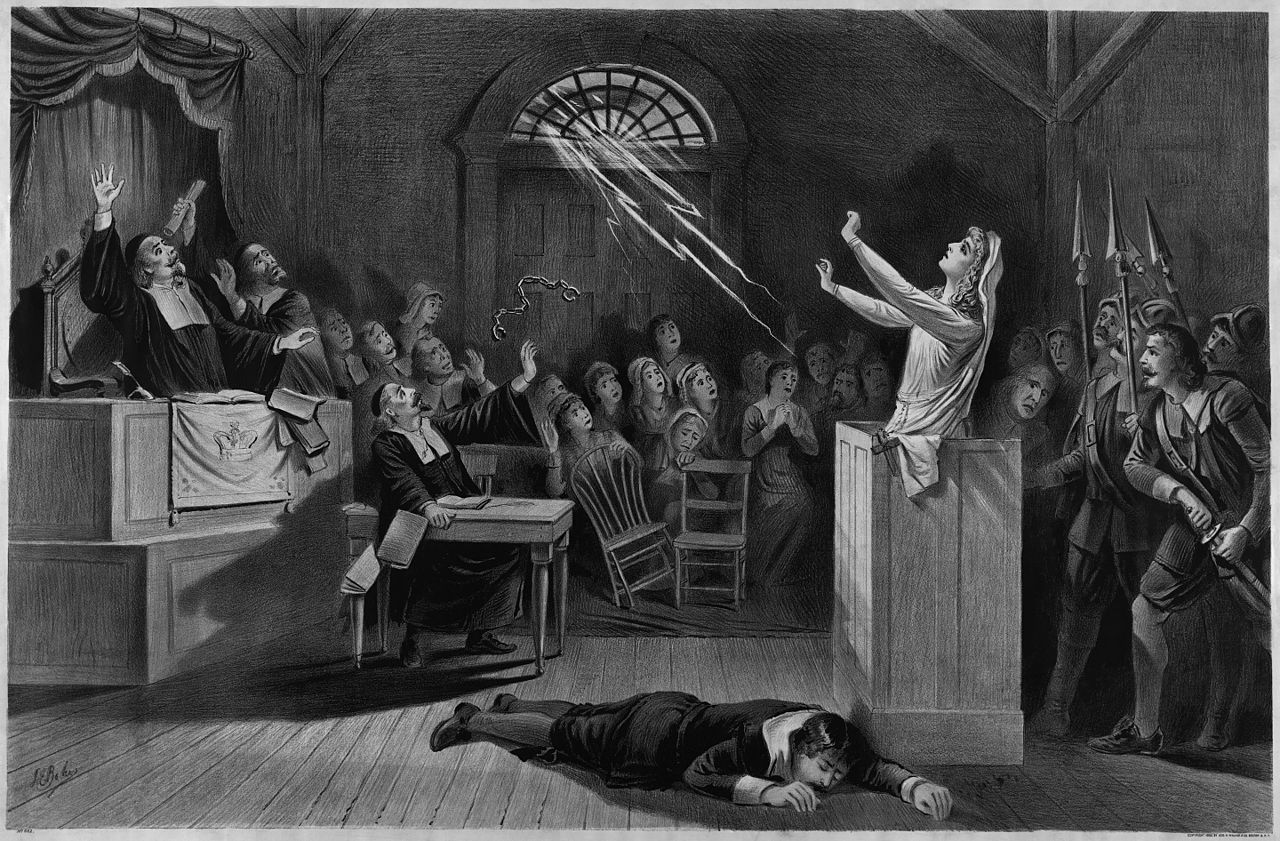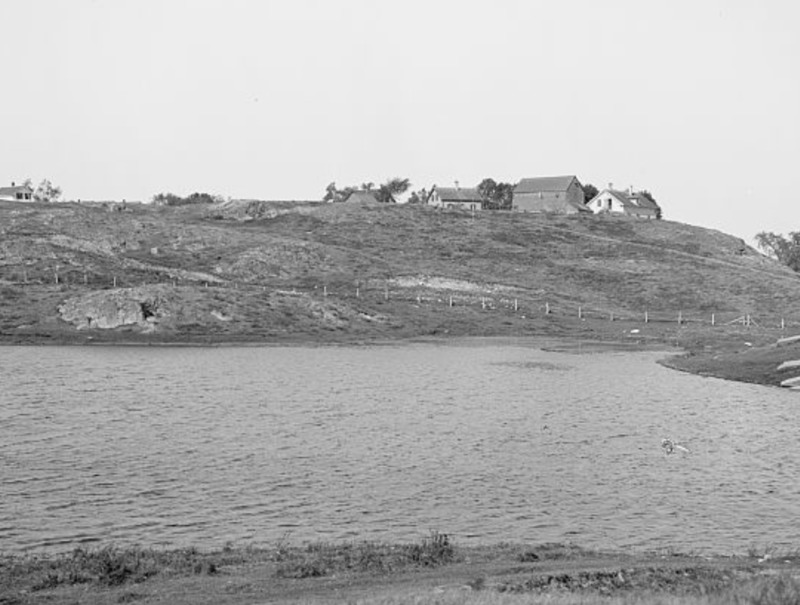Establishment and Use of Proctor's Ledge regarding Salem Witch Trials
Proctor’s Ledge, also known as “Witch Hill,” is a small, rocky ledge that is known as the execution site for the 20 victims hung during the Salem Witch Trials (UofV). The small ledge is located right by Gallows Hill between Proctor Street and Pope Street, Massachusetts. This site was in fact confirmed to be where the executions took place in January 2016, after over three centuries passed and 5 years of research made by several scholars in the Gallows Hill Project (Salem News). The first trial to be heard, for Bridget Bishop, was heard June 2nd, 1692 and the last execution was made September 22, 1692. Executions often took place a a few days after being brought to trial, which did not really give much time to digest or truly discuss any evidence, if there was any, brought in court. Over the course of these few months, “185 people were accused at Salem, 141 women and 44 men. Of that number, 52 women and 7 men were tried; 26 women and 5 men were convicted; and 14 women and 5 men were executed” (WSU). Women were prone targets for the Puritan centered government and social structure because it was very easy to pin any behaviors that did not fit their social and religious values. This includes things such as marrying out of wedlock, adultery, minor crimes, or even minor inconveniences for their peers. Unfortunately, the only thing that remains to commemorate the lives of the lost here is a small memorial that was constructed on July 19, 2017, the same day of the executions of Sarah Good, Elizabeth Howe, Susannah Martin, Rebecca Nurse, and Sarah Wildes.

